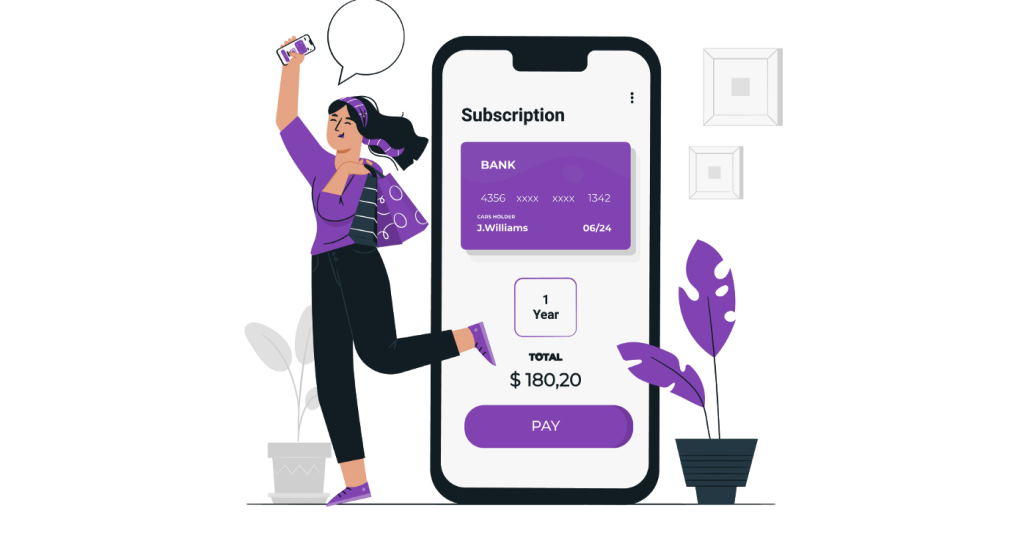Subscription-based mobile apps are becoming increasingly popular, and it’s not hard to see why. With convenient access to content and features, plus the ability to cancel anytime, these apps offer a lot of value for users. Here are four reasons why subscription-based mobile apps are taking over.
Get more users for your subscription-based mobile app with these tips
It’s no secret that subscription-based mobile apps are on the rise. It’s estimated that by the end of this year, 86 percent of all app revenue will come from subscriptions. There are a number of reasons why this model is becoming more popular, both for users and developers. Here are just a few:

Subscription-based mobile apps offer a variety of benefits for users. For one, they tend to be more affordable than their one-time purchase counterparts (think Netflix versus buying individual movies). They also offer convenience and predictability since you know exactly what you’re getting each month. Plus, with new features and updates automatically rolling out, you’re always up-to-date without having to download anything manually. And last but not least, subscription apps often give users access to exclusive content or perks that non-subscribers don’t get.
From a developer perspective, subscriptions offer a more predictable source of revenue than one-time purchases or ads. With users paying on a monthly basis, you can count on a certain amount coming in every month, which makes budgeting and planning much easier. Plus, subscribers are generally more engaged with the app since they’re invested in it long-term – meaning they’re more likely to continue using it and providing valuable feedback over time.
In short, there are plenty of good reasons why subscription-based mobile apps are taking over – both for users and developers. So if you’re not already on board with this trend, now might be the time to jump on board!

The benefits and drawbacks of subscription-based mobile apps
There are a number of benefits to subscription-based mobile apps. The first is that they offer a consistent revenue stream for developers. This can be particularly helpful for small or independent developers who may not have the resources to keep up with a pay-per-download model. Additionally, subscriptions can help ensure users have access to the latest features and updates, as they will automatically receive these as part of their subscription package.
However, there are also some drawbacks to subscription-based mobile apps. One is that converting free users into paying subscribers can be difficult. Additionally, users may be reluctant to commit monthly or annual fees, especially if comparable apps are available for one-time purchases. Finally, subscription fees can add up over time, so users may eventually decide to cancel their subscription or downgrade to a lower-priced package.




